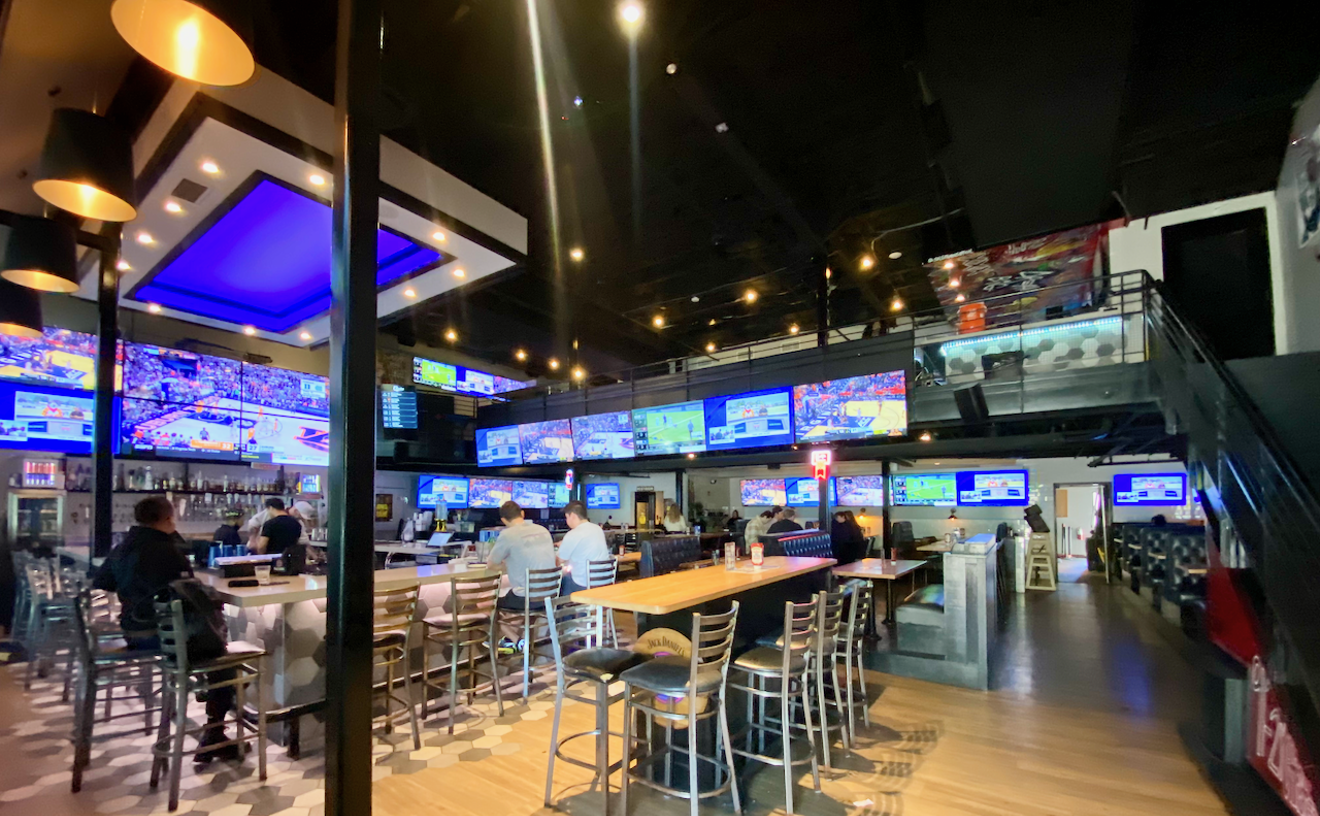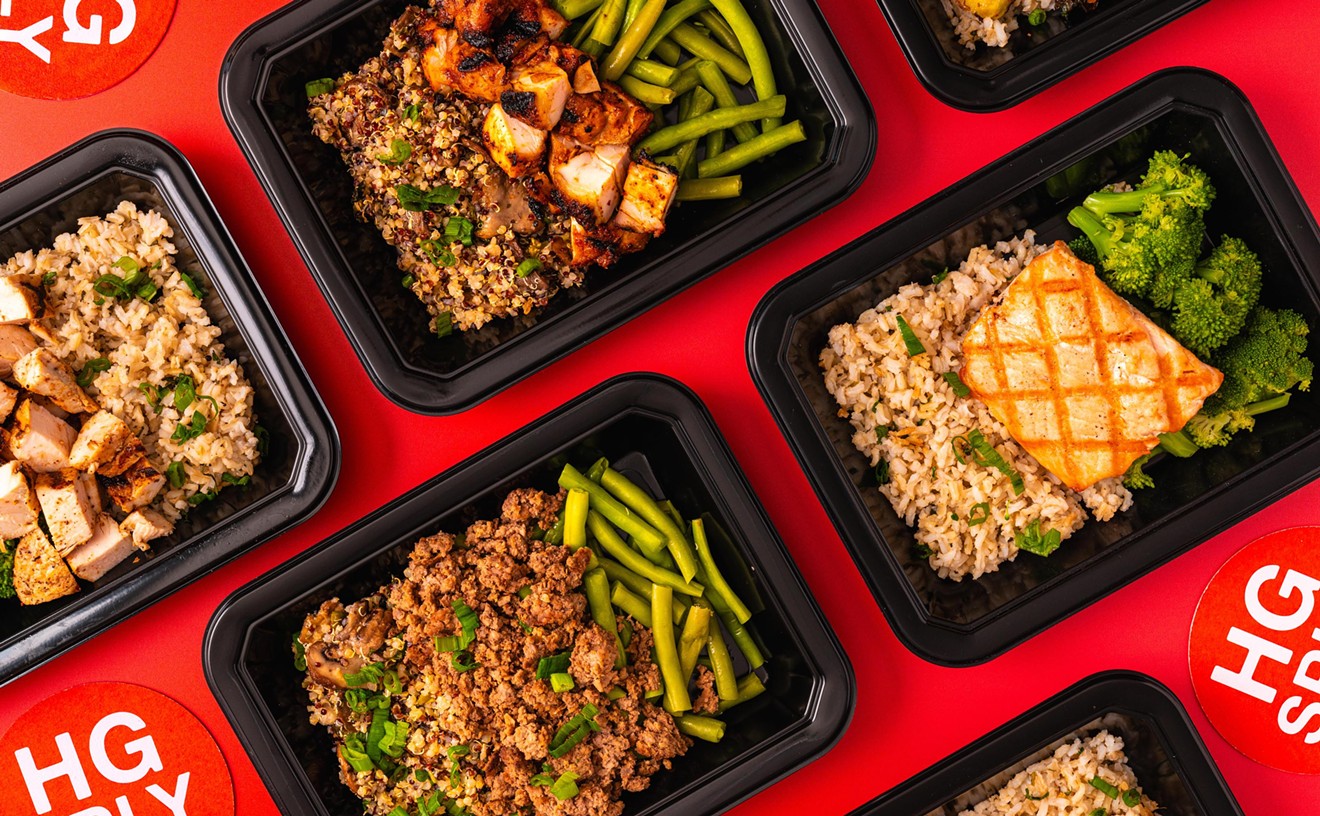A pair of diners can easily drop $150 at Nobu and walk out with growling bellies. This is a den of artistic morsels, so fill up on pork rinds and cheese fries before you head to Nobu--or mortgage the Winnebago. The choice is stark. Expect to pay a $1-$2 premium for sushi at Nobu over, say, its nearest rival, Teppo. But is it good? Yes it is. Is it worth the price? This is where it gets tricky. Uni (sea urchin roe) is deep gold and richly nutty, a cool shimmer down the throat. Spanish mackerel delivers the expected potency without watering the eyes--always a great edge to straddle. The fish is tender, and the silvery strip nearly melts on the tongue, the buds dispersing the fibers like a piece of weathered linen. Tuna is smooth. Hamachi is tender but warm. Flounder, a fish that generally comes with a pinch of scallionized greenery and a few dots of red pepper sauce, is naked, leaving its creamy matte luster to fend for itself, which it does well. Spicy tuna rolls often stray into dry stiffness or tuna mushiness--symptoms of either poor rice husbandry or fish dominance in the core that relegates rice to the margins. Nobu's spicy tuna roll is spectacular, with a cool, smooth, tender core cuddled by a ring of moist supple rice with a splash of ponzu-like seasoning to dirty the rice and spark the flavor.
But here's the problem: Most of this sushi is like crème brûlée in reverse. The rice is very warm and moist. The fish on top is barely cool. Sometimes--more than is acceptable at these prices--the fish is very warm, which is disconcerting even if the flesh is fresh and glistening.
And crème brûlée is not a wasted metaphor. Wagyu beef, dubbed Washu on the menu, is sold at $16 per ounce with a 2-ounce minimum. Carved from Wagyu cattle--the Bentley of steers--this is dream meat. Nickel-sized pieces are sliced thin. The chef arranges them around the plate like a rosette, tightly tiling the meaty petals with his fingertips, settling them down with precision. Creamy fat is conspicuously webbed through the deep rose. When the white plate is completely cloaked in red, the chef grips a blow torch, ignites the fuel stream shooting from the nozzle and brushes the blue blast over the rosette, curling the ends and graying the meat. Done "new style," the meat is splashed with ponzu sauce and speckled with sesame seeds. It's lacy, separating and sliding into tatters in the mouth before slipping elegantly down the throat. The richness is unsurpassed.
A server tried to dissuade us from the kelp salad. "It's strong," she warned. Startlingly strong, she assured, not like that formerly frozen seaweed in most Japanese restaurants that has the suspicious margarita tints in the weedy knots and an overabundance of sesame seeds to shroud...something. No, this kelp is harvested fresh from the surf, ripe with sea stink. "Are you sure?" she asked.
This makes no sense. What kind of nosh-head is going to be frightened by a few strands of kelp when there are monkfish livers, octopus limbs, tuna bellies and sea urchin genitalia being carved up and served on frosty-clean plates? Perhaps the kind who comes to Nobu to revel in the burnt ash tables and the leaf-patterned frosted glass behind the sushi bar. Nobu is rich in simple cleanliness. The dining room is surrounded by walls fashioned out of spindly burnt ash twigs. Tables are equipped with smooth black river stones that serve as chopstick rests. These rocks have also been harnessed to bejewel the wall where the kitchen ports have been installed. Constructing this wall must have been a laborious feat, as each small stone is inserted edgewise into adhesive and had to be set by hand. Perhaps this is why the edamame carries a $6 price tag.
Kelp salad is delivered on a long narrow plate. Four knots of seaweed rest on a single banana leaf, the center of it cut out and folded up above the clumps like a dagger-sharp shank. Red seaweed--thin strands, like a tortured knot of Ann-Margret mane--tacks down one end. Ribbons of blue-green algae tack down the other end of the leaf, while two pairs of dark green seaweed tufts rest in the middle. The server rattles off Japanese kelp names so fast the sounds run into each other, creating a rats' nest of vowels. Lemon slices and an orchid give the plate still-life appeal. The kelp reeks of marine musk, which a splash of citrusy tozazu sauce subdues. The kelp crunches, spreading its potency to the tear ducts, but they refuse to spring a leak. The server was wrong.
There's little to mitigate the uni shooter, a vial of yuzu sauce. The fluid barely fills a third of the vial. On the surface, a quail yolk stares blindly toward the basket-like chandeliers like some savagely jaundiced eyeball. Below, the golden dab of sea urchin gonads is barely perceptible, shrouded by a blur of egg white. Like all shots, this must be catapulted down the throat in a single volley, with little pause for contemplation. To do so risks convulsions, as a yolk or a string of egg spittle might snag on a molar. Down it goes. The passing doesn't spark winces as much as the head shakes from the deep satisfaction of accomplishment. After the brash tingle of the yuzu dissipates, a vapor trail of this ovarian mesh fills the mouth, leaving a lusty nutty richness that lingers, spreads and slowly fades.
In addition to shooters and kelp, Nobu has signatures that include Chilean sea bass. It's a simple modest square of fish that floats in a brackish puddle of black bean sauce in the base of a deep white bowl. A bulb of wilted bok choy slumbers on top. The sea bass itself is unimpressive: mushy, with little buttery richness and no countervailing element to hook the tongue, which dangles in disappointment. Yet this part is gripping: a pair of beautiful shiitake mushroom caps, perfectly cooked, sweating a rich fungus nuttiness. They look like sand dollars--a milky star is branded across the underside of the mushroom surface.
The same mushrooms appear with the crab claws, albeit with a delicately brittle tempura crust, creating a wholly new textural experience. Crab claw meat is firm and fully rounded marine sweetness.
Despite its ashen look and sushi domination, Nobu is an example of fusion cuisine, slight and subtle though it is. The menu is damp with Peruvian dew. Evidence is sparse: banana leaves, ceviche and Peruvian skewers. And this: hearts of palm salad. This palm heart is not the typical creamy log disgorged from a can of brine, sliced and dispersed. This core is freshly harvested in Hawaii and flown in, then shaved into fettuccine-like strips and splashed with jalapeño dressing. Crowned with sprouts and flecked with stinging red pepper flakes, the crisp, refreshing shavings are coiled into a nucleus at the bottom of the bowl.
The squid in the squid pasta has just the right amount of give--tender but with a gentle challenge to the jaw, one framed in alluring smoke. The creamy surface is ribbed and the meat curls in on itself--like a penne rigate shell. The shells are heaped upon one another, forming a huge floral bud. The bud base is ringed by severed asparagus stalks, in a shallow pool of garlic sauce.
The black cod in miso is the crown jewel. The fish is rich, buttery and flakes with the lightest chopstick nudge. Eat it slowly. With precise pinches, you can easily get 45 minutes worth of moments to savor. Bring a sack lunch for the ride home. 400 Crescent Court, 214-252-7000. Open for lunch 11:30 a.m.-2 p.m. daily. Open for dinner 5 p.m.-9:45 p.m. Sunday-Thursday; 6 p.m.-10:45 p.m. Friday & Saturday. $$$$ and beyond.










